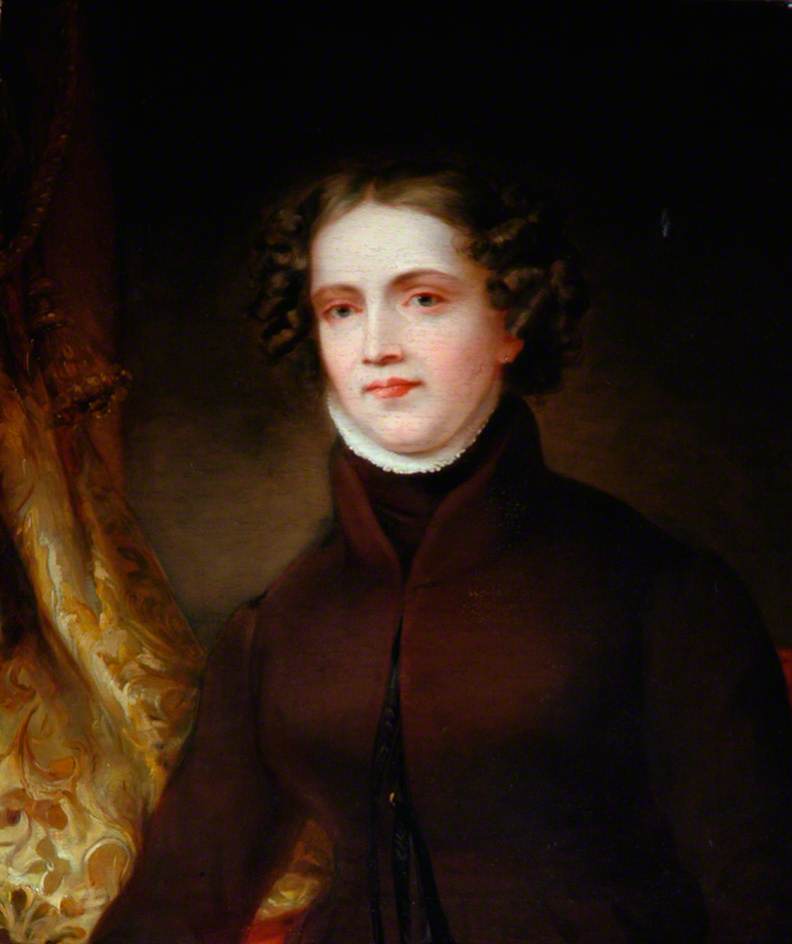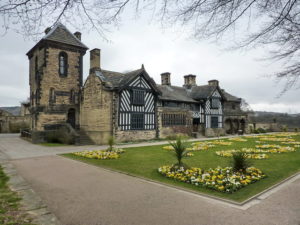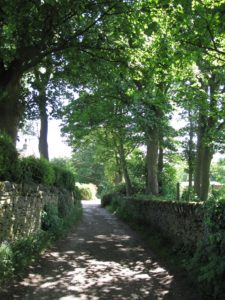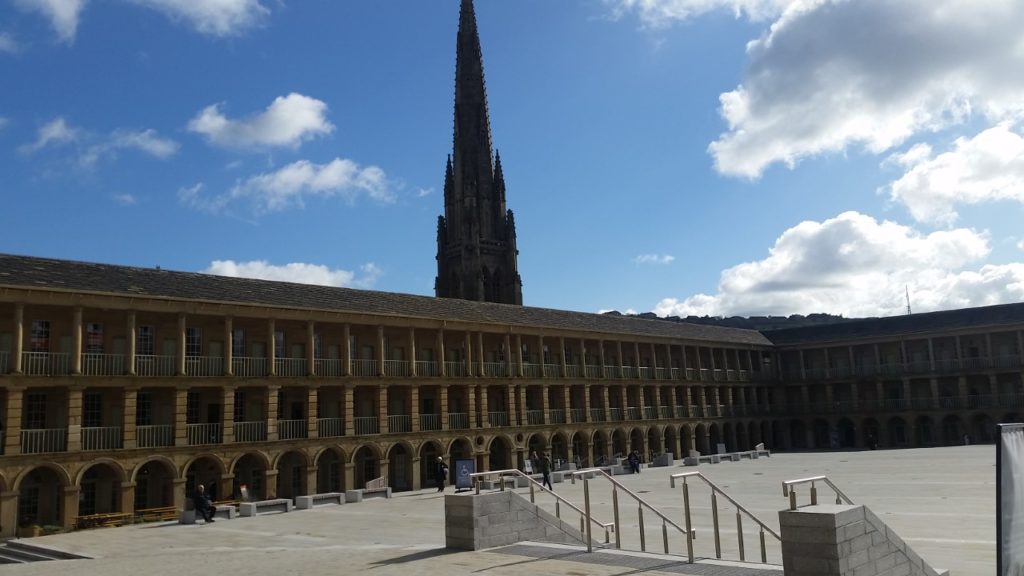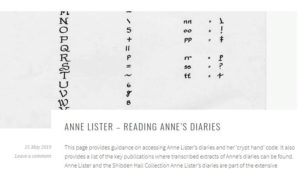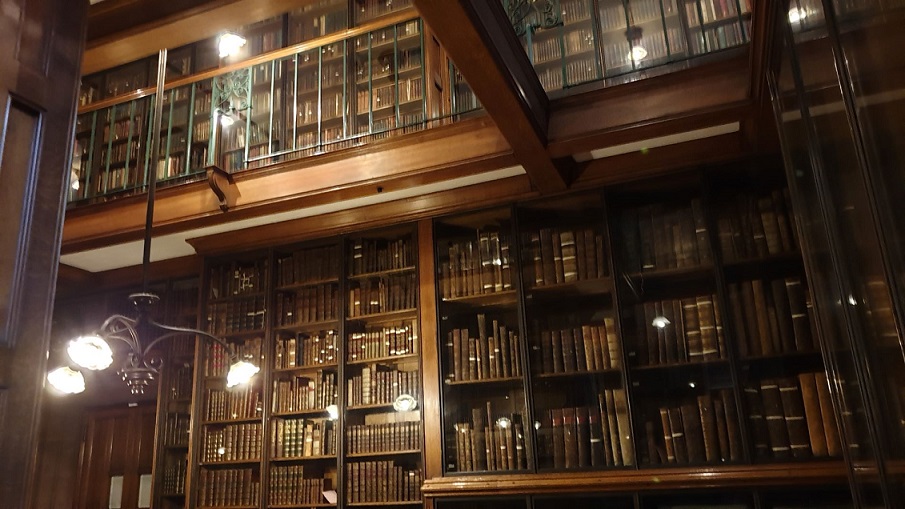
In one of my notebooks of random jottings I have written the following: ‘In 2018, 63 million books were sold in the run-up to Christmas.’ Not sure where I got this factoid or if it’s true. But in case it is, and you’re wondering just which of the 63 million to buy, here are my suggestions, spotlighting five authors whose books I particularly enjoyed this year.
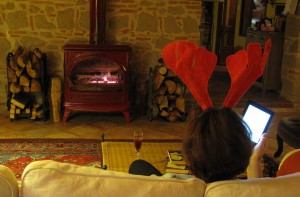
My first ‘Dear Santa’ book list appeared in 2015, the year I started blogging. It featured three authors, all male, all writing in one particular genre-the detective thriller–and all starring the type of complex, edgy, dodgy, sexy, hero-but-anti-hero homme fatal I have been unable to resist ever since falling for those men in trench coats as a teenager.
This year it’s the ladies who get the laurel wreaths, five of them, not a private eye in sight, each one impressive for different reasons. Sheila Patel made me laugh, Jill Kearney made me cry, Helena Whitbread made me bow my head in reverence, and Pamela Allegretto and Deborah Swift took me on incredible journeys. Here’s how they did it, starting with the last two. (Click on their names to go straight to the author page).

Cities are fascinating places. I lived in a flat bang in the middle of Toulouse for ten years, until the exhaust fumes and seedy bar downstairs lost their charm. But although home is now a beloved four-house hamlet deep in rural France, the allure of the great metropolis still lingers. Allegretto and Swift bring to life two iconic cities at momentous periods in their history: WW2 Rome and 17th century London. The authors share an ability to conjure up the startling realism that a dreamer sometimes experiences, swept away on a night journey where, as in a film, the perspective shifts between panoramic aerial shots to voyeuristic close ups. From vistas encompassing houses, bridges, spires, monuments, wide rivers, vast skies and surrounding countryside, the camera zooms in to the tobacco stains on the villain’s teeth, the nuance of grays in a puddle, the whole accompanied by a full-on, sensory onslaught of smells, colours and clamour. As I found out more about these authors’ backgrounds, I was struck by another thing they had in common–the way those backgrounds influenced their work.
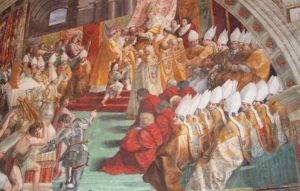
Pamela Allegretto is an American artist of Italian descent. As I started to read her book, Bridge of Sighs and Dreams, the scenes unrolled like frescoes across the screen of my mind. It’s 1938 and we are in an idyllic cherry orchard in southern Italy, home of the Lombardi family for hundreds of years. But this enduring, bucolic way of life is about to be shattered, signalling the end of an era and the beginning of an exhausting struggle by one woman, Angelina Rosini, to protect her young daughter in a country torn apart first by the poisonous ideology of Fascism, then by the invading armies of the Allies. The action moves from the countryside to the cobbled alleyways and ancient monuments of Rome, where Allegretto transposes her ‘pictorial eye’ to the written page, creating an arresting canvas of a war-torn city where the inhabitants, in particular Jews and resistance fighters, live in constant fear and deprivation. In the foreground, two women battle it out on a personal level in a combat as full of primitive emotions as the classical dramas of antiquity: Angelina, the artist heroine, and her driven, harpy-like sister-in-law, Lidia. Who will be the winner?
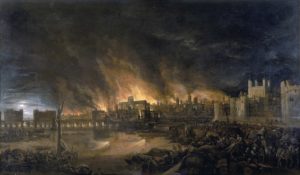
From Rome to London, where a different but equally deadly foe, is spreading terror – the plague. In Deborah Swift’s trilogy, Women of Pepys’ Diaries, the famous diarist is getting up to all sorts of mischief and mayhem. The author started her career in the theatre, working as a set and costume designer, and there’s a dramatic immediacy in her writing similar to that we experience at a live performance. Indeed her third book is about a woman who becomes an actress, Elizabeth Knepp, who, like the other strong female leads, is based on a real person mentioned in the diaries. Pepys, the man of the title, and inspiration for the novels, is an inveterate womaniser who gets up to the sort of sexist manipulation and exploitation typical of the time, but the way in which he is portrayed by Swift endows him with a sort of irresistible attraction for the reader, much like that of Becky Sharp in Vanity Fair. All the books are terrific reads but my favourite is A Plague on Mr Pepys, with its heroine Bess Bagwell, who sees her ambitions for herself and her husband, Will, crumble under the random blows of fate and the devious machinations of her brother-in-law, Jack. As her circumstances become more and more desperate, she is obliged to turn to the powerful Pepys in an attempt to save herself and Will. The psychology of their relationship, and the way it develops, is gripping. Bess teeters on a dangerous seesaw in which the necessity of reeling in the only man who can help must be counter-balanced by her desire to keep him at arm’s length. Will she succeed?
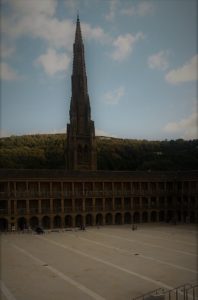
From London and Rome to the north of England. My next two authors hail from my birthplace, the west riding of Yorkshire (chauvinist, moi? Heh heh). Helena Whitbread is the only non-fiction author of the five, and she has already featured here, in my May blog, along with her 19th century soulmate, Anne Lister, who became world-famous this year in the TV series Gentleman Jack. But Anne’s story may never have reached such a wide audience had it not been for the astonishing devotion and talent of the woman who said of her efforts: ‘I was just the back-street scribe.’ In 1983, Whitbread was looking for a research topic for a Ph D. Wandering into the Halifax Archives, she happened upon the diaries of a 19th century local landowner and secret lesbian, Anne Lister. ‘From that day,’ she writes, ‘I … found myself engaged in a literary, historical and cultural adventure…Halifax, for me, became two different towns. Physically I moved around…twentieth century Halifax. Mentally, I lived in the small nineteenth century town.’ She set out to reveal the Anne hidden in the diaries, decoding and transcribing 27 volumes and 4 million words, of which one sixth are in code with no punctuation. She writes: ‘Curiosity, allied to the thrill of an intellectual challenge, gripped me.’ But her achievement does not stop there. The two books which resulted from her research, The Secret Diaries of Miss Anne Lister and No Priest But Love, consist of her final selections from the diaries themselves linked by explanatory passages and further clarified by detailed footnotes. The sensitivity and justesse of her selections and the lucid passion of her explanatory passages communicate a striking empathy with a woman who lived 150 years previously and who, on the surface, could not have been more different from her 20th century amanuensis.
‘Have you noticed you never see a cow laugh?’ This was one of the more notoriously sibylline pronouncements by my Yorkshire grandmother one Saturday as we took her on a drive through the countryside. Those cows had obviously not come across Sheila Patel’s series of books set in contemporary Bradford, The Magic Vodka Wardrobe. This is definitely not Bradford as you know it, and definitely not as my Yorkshire grandmother would have known the grimy old mill town. But, along with the cows, Grandma would have been singing and dancing and shaking from head to toe (or horn to hoof) with mirth at ‘Ar Sheila’s’ depiction of the Singh family and life in their corner shop, backed up by a mind-boggling cast of friends and neighbours who would make Damon Runyon’s eyes water: Mad Mush Martha, Tattoo Tony and his Rottweiler, Knobhead, Joginder the goat, Graham the pigeon, Dammit Janet, Gyppo Bob, and Guru the Wedding Horse, to name but a few. They feature in a series of outrageously hilarious vignettes which have the same freshness, originality and addictive surrealism as those of Monty Python’s Flying Circus back in the 70s.

Patel was the seventh child of a traditional Punjabi family who grew up in the same period as The Flying Circus (is there a link?) 1970s Britain. Her writing, she says, was inspired by ‘all the funny things that Indians do daily to adapt to the British way of life’. Centre stage are the Singh family: Father, Mother, her two sisters Lady Fatima and Sheila (‘short short skirts, four husbands’) and the three daughters Kirsty (rich husband), Shaz and Trace ( ‘both accountants, both thin, with no scary moles and nice cars’ but- to Mother’s chagrin- still husbandless). Another important character is Bachitaar but to meet him we have to step out of the fourth dimension of life in Patel’s Bradford and enter a fifth dimension, accessible only through a magic wardrobe, consisting of a 70s disco bar complete with glitter ball and non-stop musical soundtrack (Douglas Adams, anyone?). Bachitaar, complete with turban, can be found behind the bar serving up endless vodka shots while lending a sympathetic ear to Sheila, Trace and Shaz who take refuge in the wardrobe when life, love, bamboo bikes, spam samozas and the news headlines all get too much. Until the time comes when Santa can supply magic wardrobes to all of us, don’t hesistate to join Sheila and the girls in theirs!
Finally, after the laughs, the tears. It’s a well-known fact that no Christmas is complete without a Miracle on 34th Street.

Jill Kearney, like Sheila Patel, was inspired to write by her real-life experiences. These included being a dog rescuer and in-home care provider. Her book The Dog Thief and Other Stories, set in a rural pocket of Washington State, features humans who are poor and dispossessed, animals who share a similar fate, and those often-hapless individuals who try to help out. In this divided society with its ‘separate realities’-the affluent owners of oceanside homes at one extreme, the survivalists and hippies running meth labs and puppy mills in the woods at the other – it would be easy to moralise, and hold our noses at people like Beverley, an MS sufferer who rejects the relative comfort of the reservation in favour of a squalid existence in a collapsed trailer with a swarm of feral cats, and who spends her social security checks on alcohol and cat food. Good Samaritan neighbour, Jim, inwardly railing at her stubbornness, tries to save her from total decrepitude, attempting to fix her broken toilet, hauling out overflowing buckets of excrement while literally holding his nose (‘the smell…smacked him in the sinuses.’). Writing in a deceptively low-key, unsentimental style, Kearney gets her message across by delivering unexpected knee chops. She possesses that rare knack of picking out the perfect detail in a myriad of possibilities, the one tiny raindrop that reflects an entire, staggering world, halting us in our tracks as we read, making us laugh out loud or burst into uncontrollable tears. Her alter ego, Elizabeth, features in several of the tales, driven to desperate devices (such as stealing dogs from abusive owners) in order to right wrongs, while simultaneously trying to grasp the meaning of her own unorthodox life, where poignant remembrance of time past vies with a recognition of the importance of seizing the beauty of the moment. Like that other quintessentially American writer, Carson McCullers, Kearney the story teller pulls off the magic trick of getting us to empathise with her variety of creatures great and small, to suspend our judgement, to enter into their lives with wonder and humility and vow to do better ourselves.
And what better Christmas message could there be than that?

To bookworms around the world Joyeux Noël et Bonne Année from the Cowshed!
Book news, book news, books news!!!!!!
Terry Tyler published her new book in the Project Renova series, Blackthorn, in November.
Paulette Mahurin has just announced the release of her latest book, The Old Gilt Clock, about WW2 Dutch resistance fighter, Willem Arondeus.
Miss Moonshine is back in her emporium with Christmas goodies…
And John Dolan has been invited to take part in a multi-author boxed set of crime thrillers to release in 2020, Notorious Minds. Watch this space.
Coming on my blog in 2020:
A visit to the magnificent John Rylands library in Manchester, more on the Anne Lister theme with a visit to Lightcliffe Church cemetery where Lister’s ‘wife’ Anne Walker is buried…. along with twenty or so of my ancestors! Also an update on my abandoned project Christmas at Villa Julia, which is now busy turning itself into a new historical series, The Etcheverrias, starting in 1898 with A Wedding in Provence… too nervous to say any more in case the Muse goes on an extended holiday without leaving a forwarding address 😉
